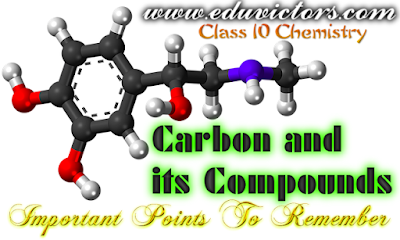CHEMICAL REACTIONS AND EQUATIONS
Chapter Summary Notes
1. Chemical reaction —
Chemical changes or chemical reactions are the changes in which one or more new substances are formed.
2. Chemical Equations –
Representation of a chemical reaction in terms of symbols and formulae of the reactants and products is known as a chemical equation.
3. Balanced Chemical equations –
The chemical equation in which the no. of atoms of different elements is same on both sides of the arrow is called balanced chemical equation.
4. The chemical reactions can be classified into different types such as—
a. Combination reaction.
b. Decomposition reaction.
c. Displacement reaction.
d. Double Displacement reaction.
i. Precipitation reaction
ii. Neutralization reaction
e. Redox reaction


















